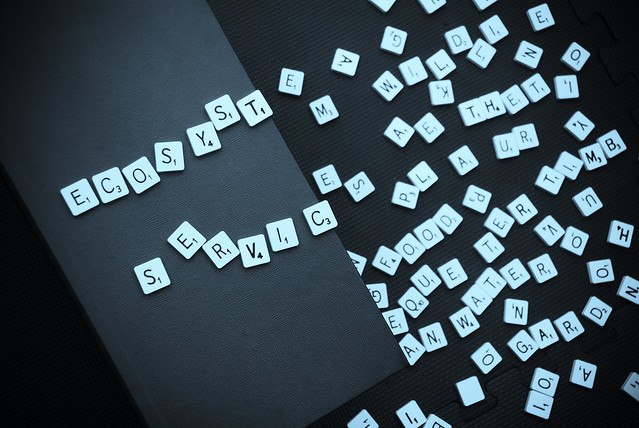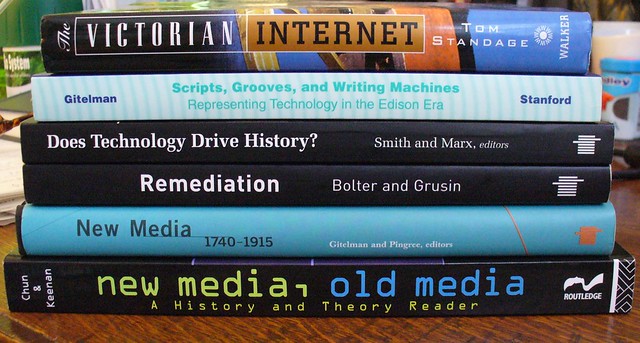Reading 08.1
In The Science of a Connected Age, Watts introduces us to the idea or small worlds, or as we will come to learn, small groups. He talks about the frequently forgotten enabler of our connectivity: the power system. This certainly made me chuckle, as I can certainly attest to taking this entire system for granted which allows me to perform my networked tasks which have engrained themselves in my day to day life. I don’t think I have physically looked at a power line in years. In fact, I grew up in a suburb in A.C.T where a key selling point was that the power lines were run underground and forced out of sight (and out of mind). But as Adrian has reminded us a few times this semester, we constantly bathe in an extraordinary sea of mobile data and radio waves. Just because we can’t see it, doesn’t mean it’s not there. This Gizmodo article shows images from an artist who worked in collaboration with an astrobiologist to show us what the world might look like if we could see these wireless signals.

Image via Casey Chan
The power system is arguably the most essential technological feature of the modern world… Without power, pretty much everything we do, everything we use, and everything we consume would be nonexistent, inaccessible, or vastly more expensive and inconvenient.”


